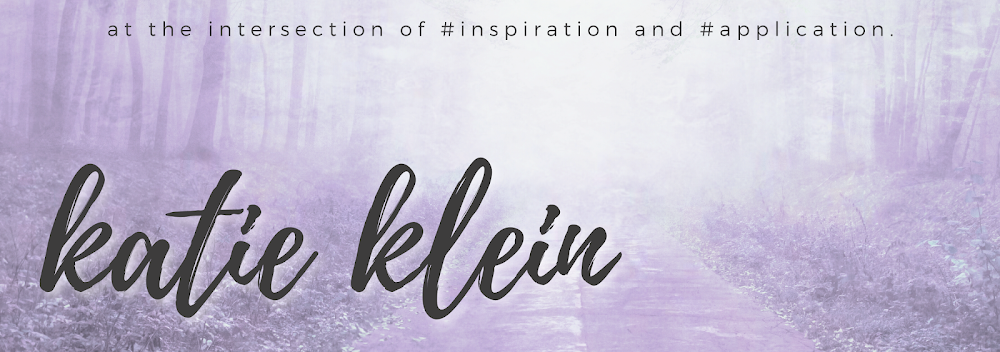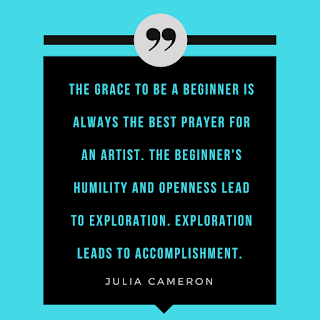The following post originally appeared in the June 2018 newsletter. If you're not already a subscriber, the link is in the sidebar. -->
Did you miss part one? Catch up here.
Did you miss part one? Catch up here.
After determining to write something that may change your life, looking for what’s possible, identifying the story challenges and problems, and finding the designing principle, John Truby’s (The Anatomy of Story) next piece of advice is to:
5) Determine the best character in the idea
The character that tells your story should be the one who is able to sustain the audience’s interest. He should be fascinating and challenging and complex.
To discover your best character, consider the story you are aiming to tell and ask yourself: “Who do I love?”
Truby says that this question can even be expanded to include:
“Do I want to see [this character] act?”
“Do I love the way he thinks?”
“Do I care about the challenges he has to overcome?”
Then . . .
6. Get a sense of the central conflict
In this step, we need to know who is going to fight whom, for what, and why, and how this cause and effect pattern will play out in the story. Which brings us to:
7. Get a sense of the single cause-and-effect pathway
Remember: the plot of the story should flow logically with a “because X happened, Y happened, and because Y happened, Z happened” pattern. The story should not follow an “X happened and then Y happened and then Z happened” pattern.
“And then” statements don’t progress the story; in fact, they (most likely) only serve to link random events. If a scene has no effect on or outcome related to the key events that unfold, it’s probably best to delete it. It’s unnecessary.
8. Determine how your character will change throughout the story
In my opinion, one of the most satisfying things about reading novels is seeing characters grow and change as they undergo struggles and face their demons. A good protagonist will not remain static through a dramatic arc.
In fact, Truby says: “the basic action [in a story] should be the one action best able to force the character to deal with his weaknesses and change.”
Go ahead and brainstorm any number of potential challenges and weaknesses, and be creative in how you link the two. Your first few ideas will likely be clichés, so dig deep.
9. Figure out the hero’s possible moral choice
A moral decision is made based on a person's ethics, manners, character, and what they believe to be “proper” behavior.
“To be a true choice, your hero must select one of two positive outcomes or, on rare occasions, avoid one of two negative outcomes,” says Truby.
The options should be as equal as possible, with only one seeming slightly better (or worse) than the other.
10. Determine the audience appeal
Once these steps are taken, it’s time to ask yourself: “Is this story unique enough to interest a lot of people?”
Ten easy steps, right? Well, maybe easier said than done, but if you can at least get a few of these nailed down before you begin writing, you’ll be in a better position to craft a solid story.
Happy Writing!
Resources:
John Truby. The Anatomy of Story: 22 Steps to Becoming a Master Storyteller. Faber and Faber. New York. 2007



